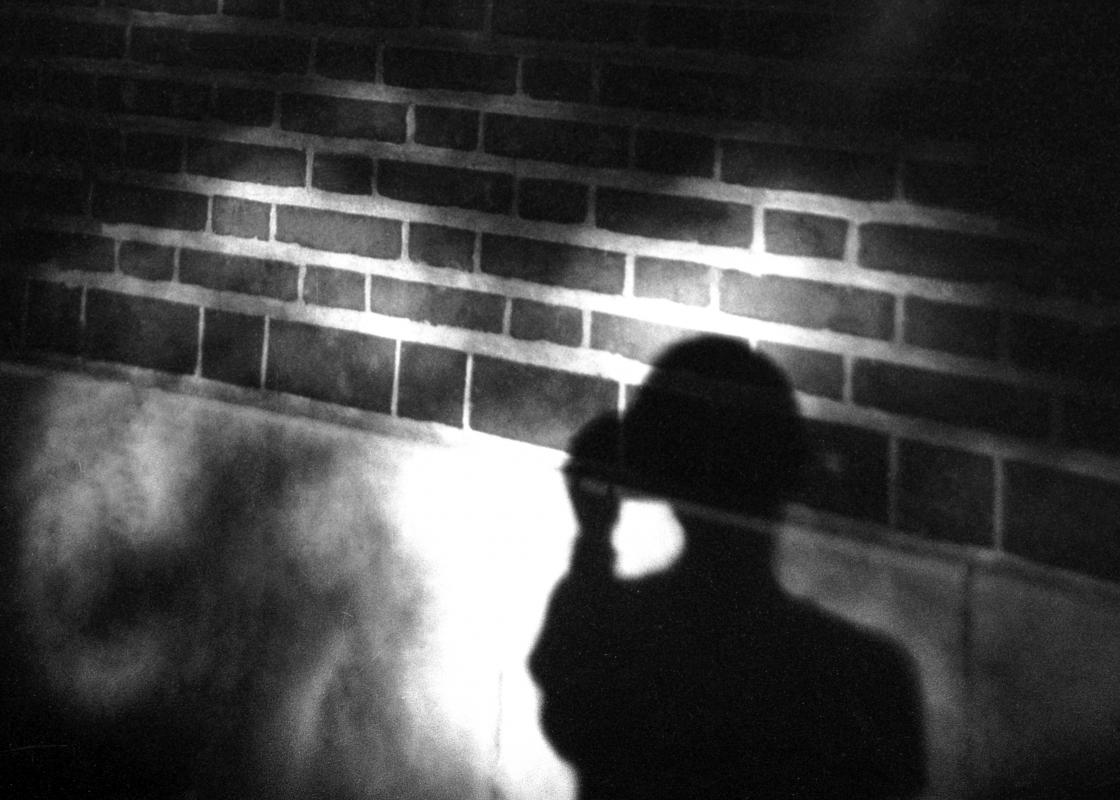I feel a strange delight when walking alone down the sidewalks of the empty Rice University campus. The mild moonlight filters through the giant oaks, mixing with the faint streetlights. Both cast shadows behind my body as I move, as if I’m on a stage set. Besides the occasional squirrel rustling in the grass, everything is so quiet.
I’m writing this text during the final week of classes. At this time the campus usually bustles with students dashing between the library and the coffeehouse. The aroma of double cappuccinos normally joins the sounds of papers flipping, easing the anxiety of how quickly the night flows past.
For architecture students, this time usually means Charrette Week: seven days of fighting sleepiness at 3am in front of piles of models and behind computer screens filled with monochromatic line drawings. If we think about the trajectory of an architectural studio course as a narrative—a story written by individual students with their professor over time—then this week is the final plot twist before its climax. After winding along a difficult path for fifteen weeks, the tension is resolved by the realization of one’s design agency, a hard-won sensation that arrives when looking back at the journey. The quiet joy of placing the final piece of basswood on the roof of a model is like completing a symphony with a smooth last note or ending a movie with a phenomenal closing scene. In doing so, you know that you have accomplished something; you gain the experience of transforming a conceptual idea that existed in your mind into a visible physical form. You are anxious and excited to share the results with your peers and professors so you can continue your narrative—the story of your architectural education.
But this year is different. For so many students in this country, the narrative arc of the semester was cut short by the coronavirus. The conversations that used to take place between a student standing before a wall of plots and the row of seated professors, dressed in black and white, are gone. Though communication is easily possible online, many things are missing. I think of the chitchat about weather and food before our professor arrives, the group dinners at West Servery bathed in warm early evening sun, or the loud Spanish language music and laughter late at night that annoy the studio next door. We still finish our projects, but we do it without the sense of community that working close together builds. We’re missing the everyday friction that gives our narratives depth, so the story of this semester feels incomplete.
This pandemic, caused by an invisible pathogen, even alters our sense of the seasons. Houston subtly slides from spring into summer, but for students, the close of a semester in May clearly signals the beginning of a new chapter. It’s now time to travel. Summer begins the moment you roll your suitcase onto the airplane, no matter your destination. The idea of travel always fascinates, whether we’re headed home or off to a foreign country. The feeling during that rapid climb right after takeoff suggests that we are departing from the land and ascending towards an airy summit—that we are reaching some turning point in our lives.
But in this time of social distancing and self-isolation, travel is restricted and risky. Still, we find ways of exploring distant places through technology. I watch vlogs, Stories, movies, and TV shows that take place in different parts of the world. I enjoy following the gaze of others—whether they are locals or travelers—as they explore life in a distant city. These adventures add poetic imagery to my personal visual atlas; I learn about Paris, Istanbul, Kyoto, or Buenos Aires. Other accounts just alleviate nostalgia for my home in Wuxi, China.
We often begin our journeys too quickly; we don’t fully understand what our destination really means or, sometimes, even what we’re looking for. During this lengthy summer I am alone in my room and, for the first time, spending this season away from my family. I’m beginning to look around, to observe the heat, to hear the raindrops more carefully while I dream about other places. This is a special summer: no traveling but more thinking.
It’s easier to think when there’s less noise. We say that Rice University is an isolated oasis within Houston’s concrete and glass expanse. This summer the campus is quieter and more secluded than ever. As I walk alone under the oak trees, I feel this space protecting me from the turmoil, anxiety, and fear of the pandemic. I’m one of the few students who are still here. We wait alone together, looking forward to the next time we can all gather as a community again.
Elina Chen is a third-year B.Arch student at Rice University with a minor in Museums and Cultural Heritage. She is the Development Director for PLAT 8.5/9.0 and the Mentorship Coordinator of Rice Architecture Society. She serves as a Rice Architecture Student Representative on the 2020-2021 Board of Directors of the Rice Design Alliance.










